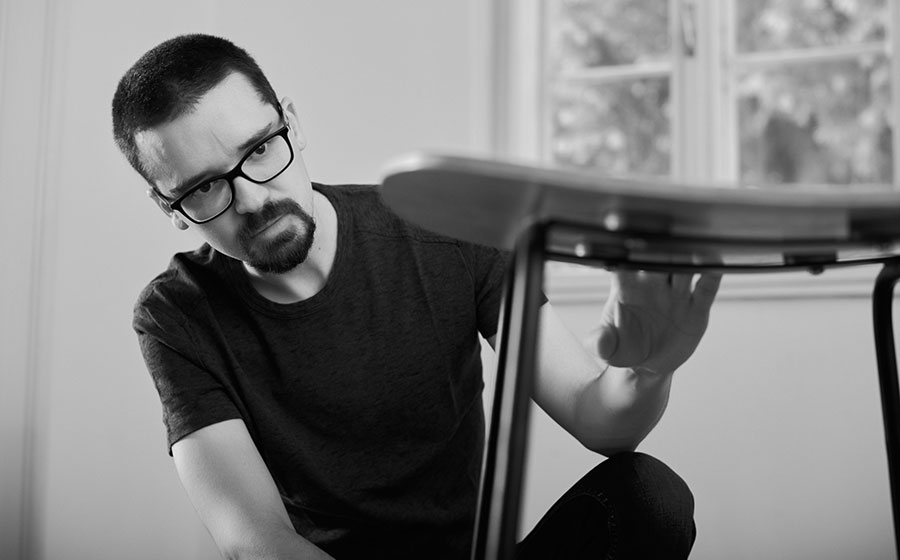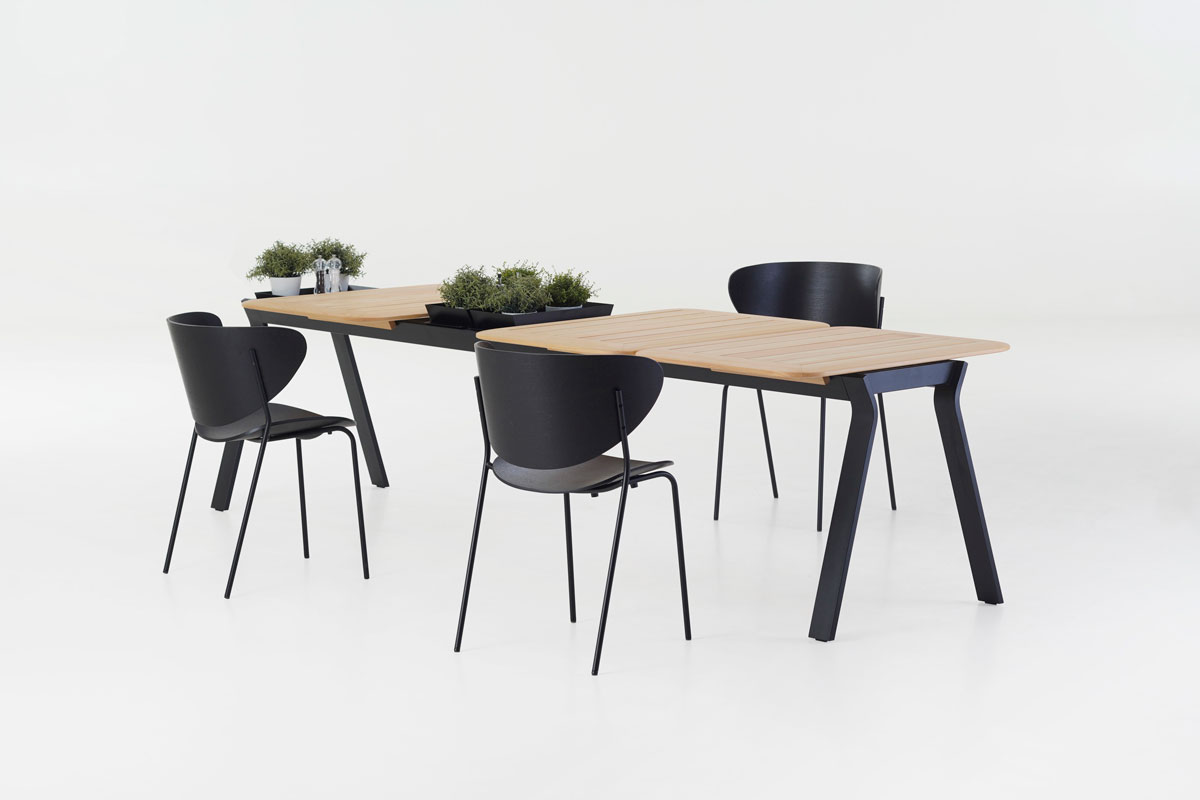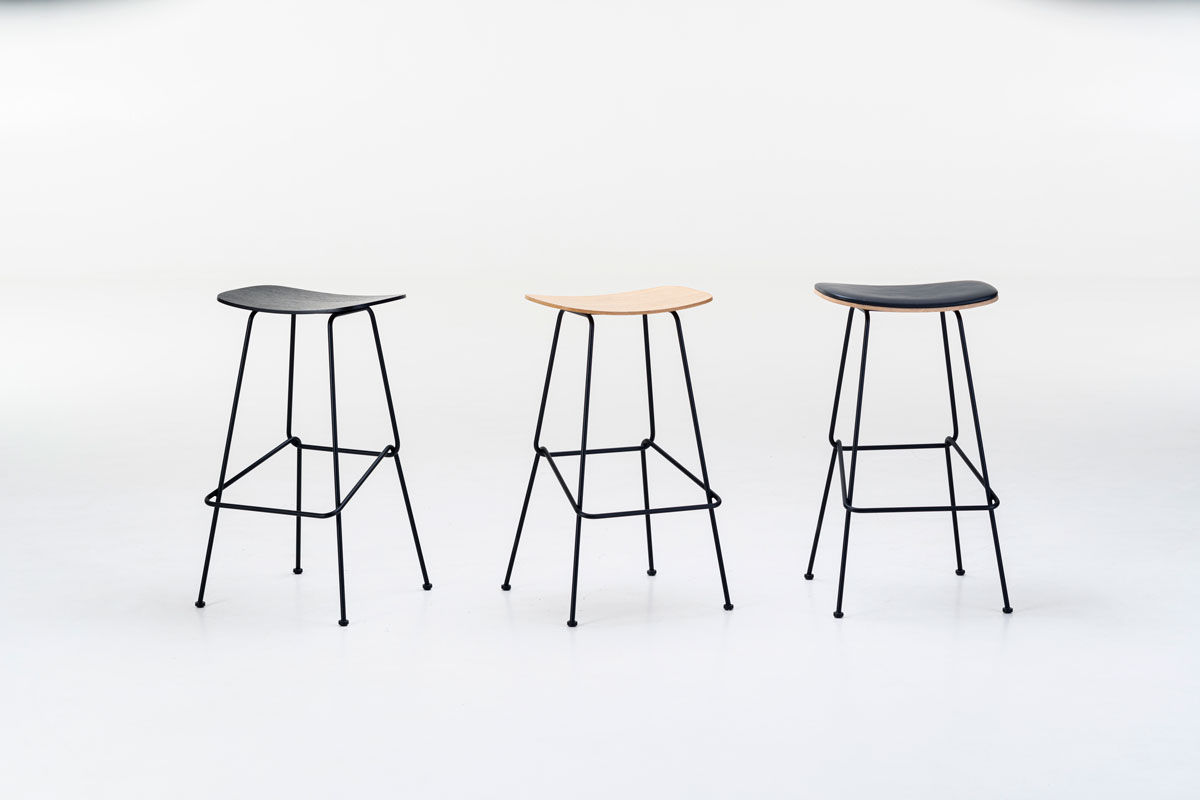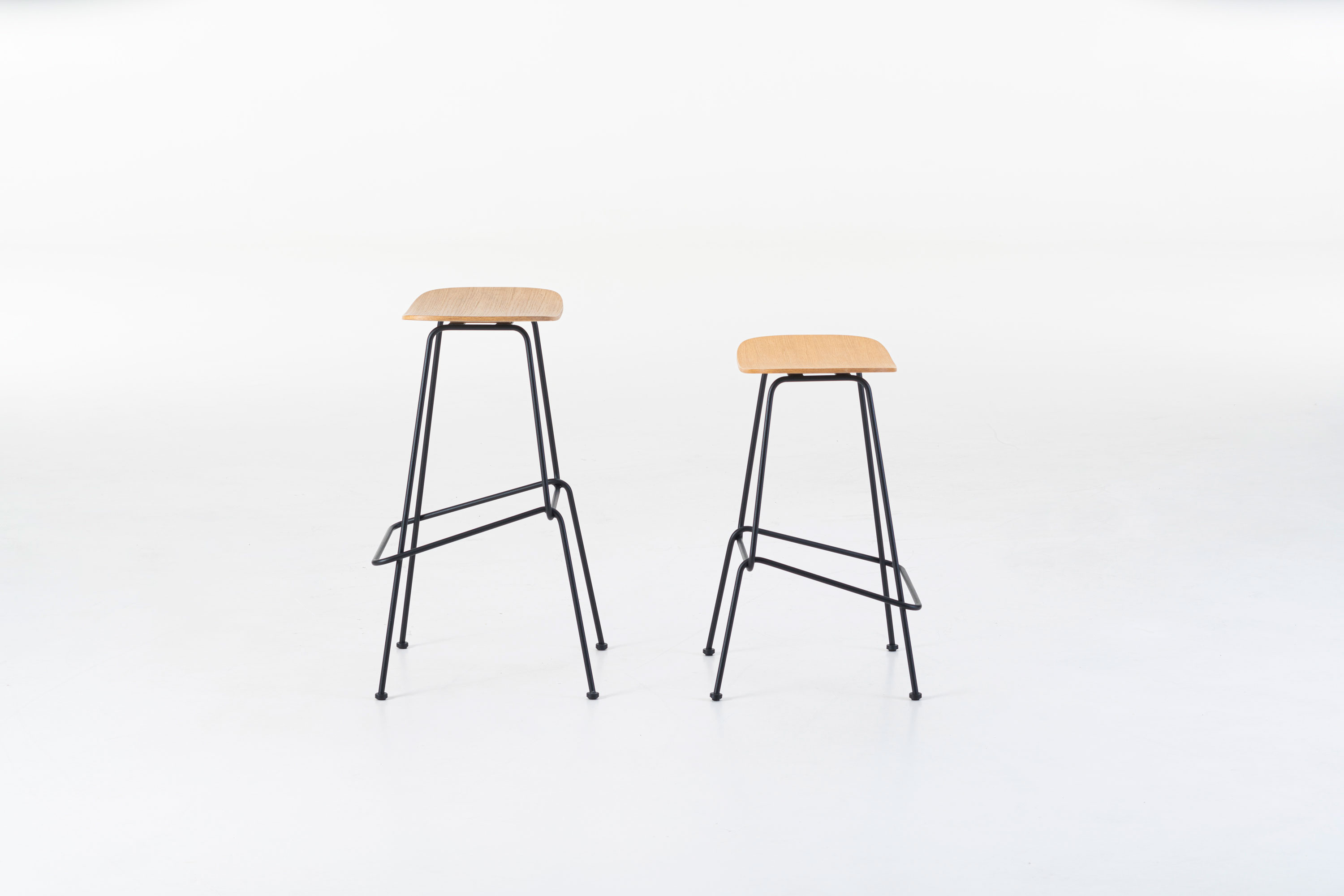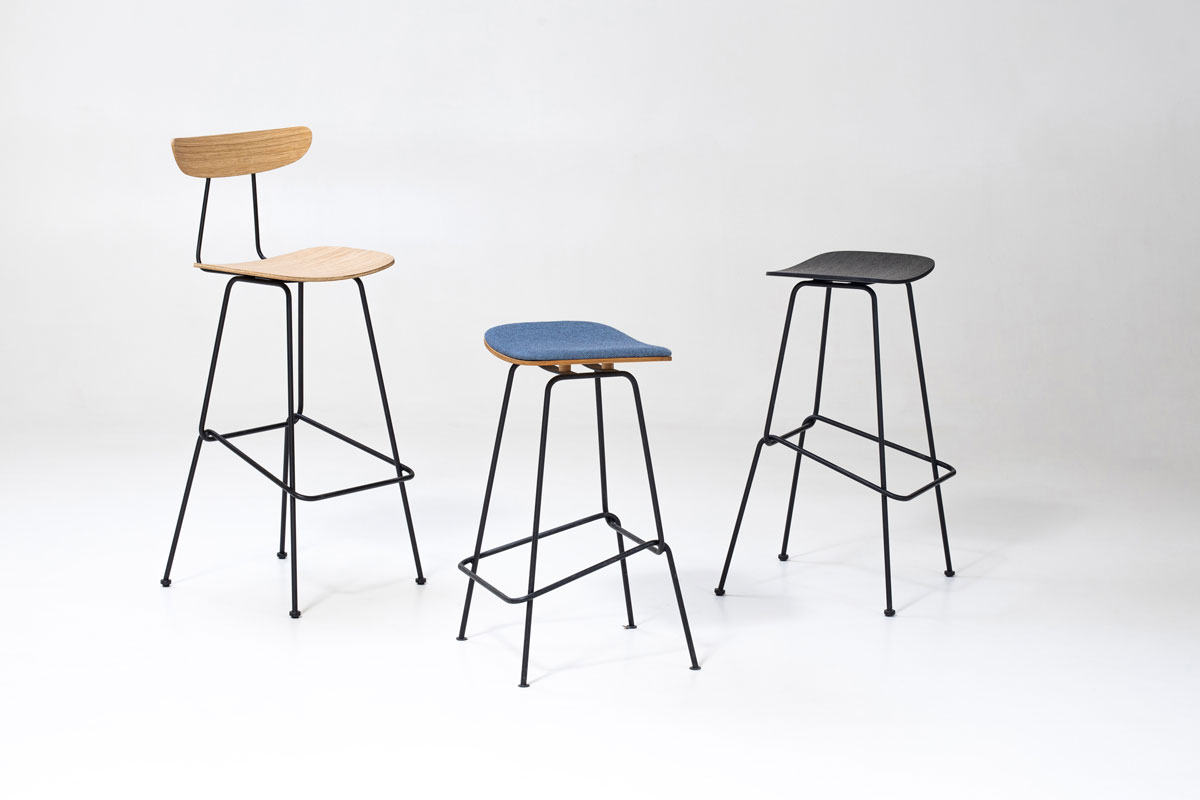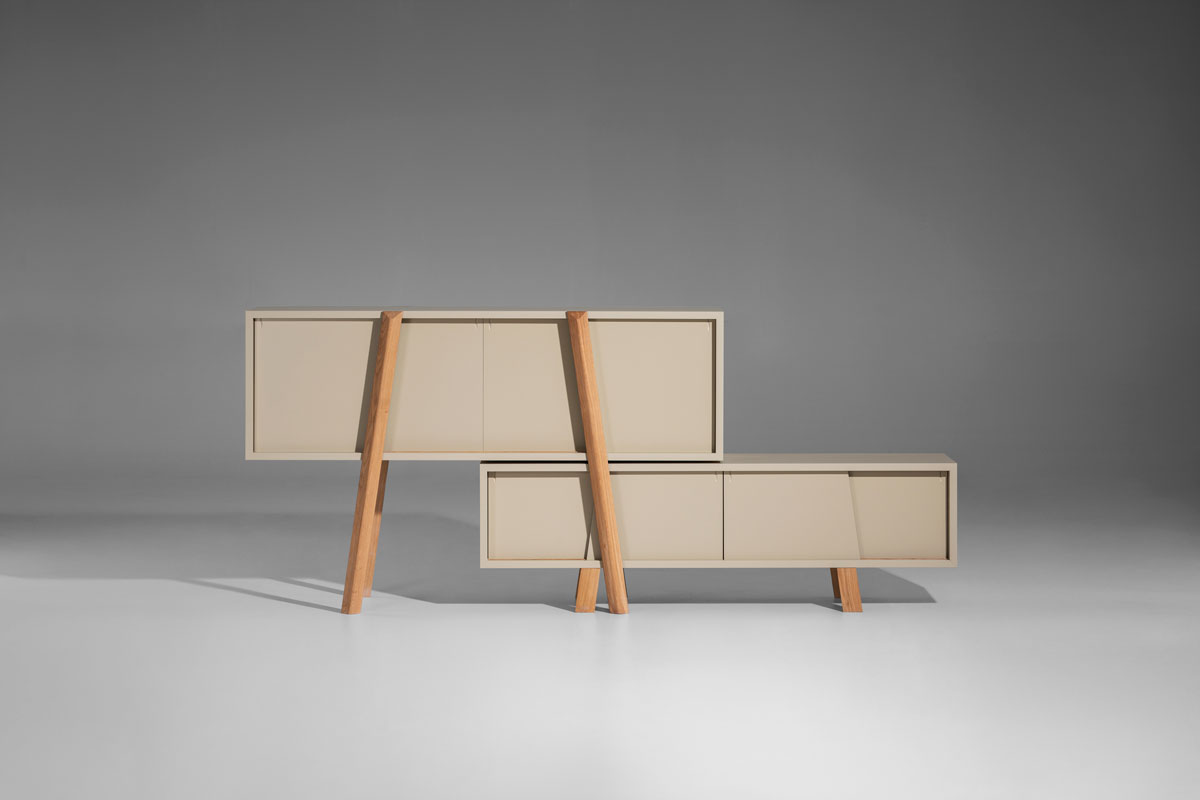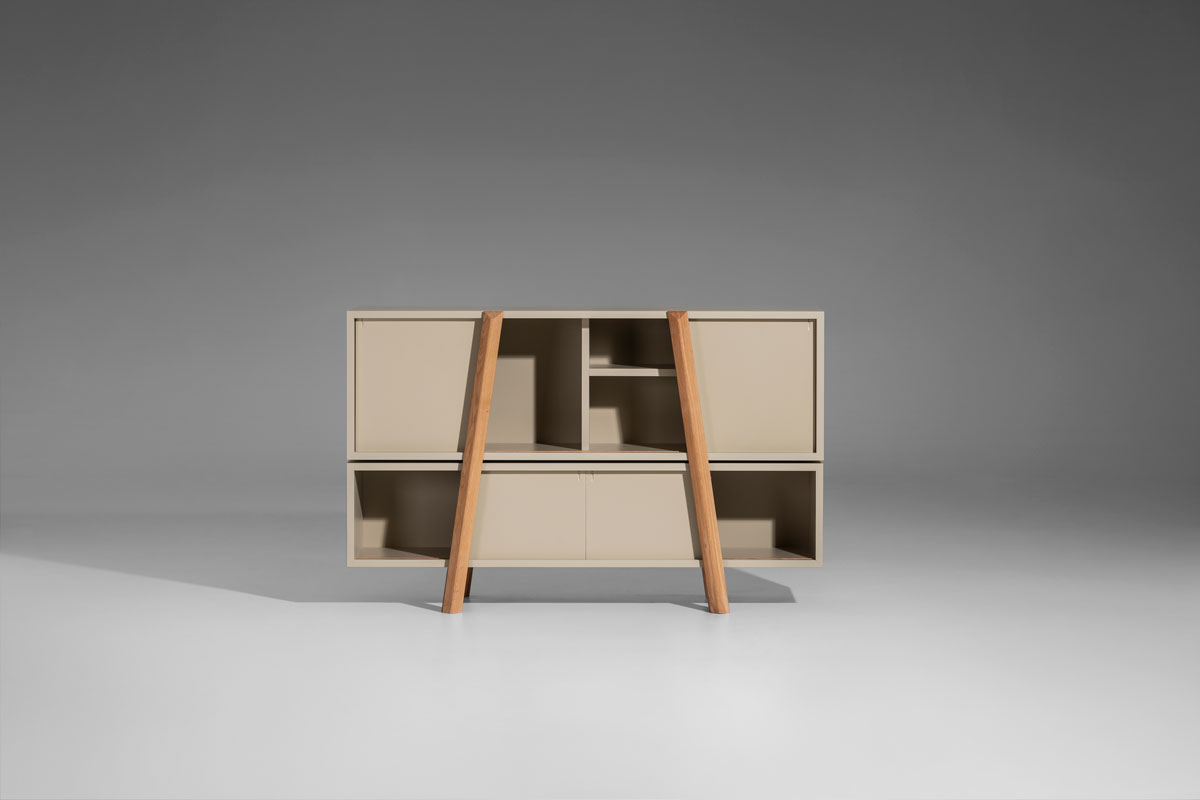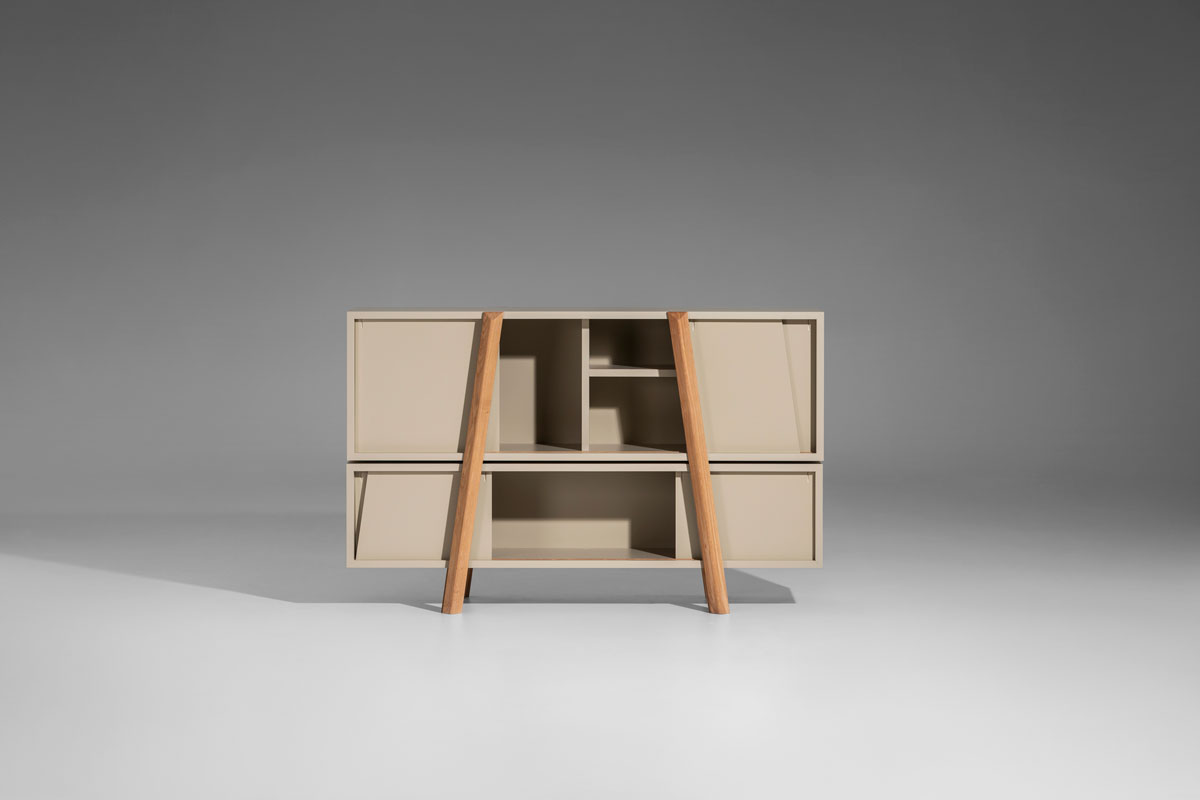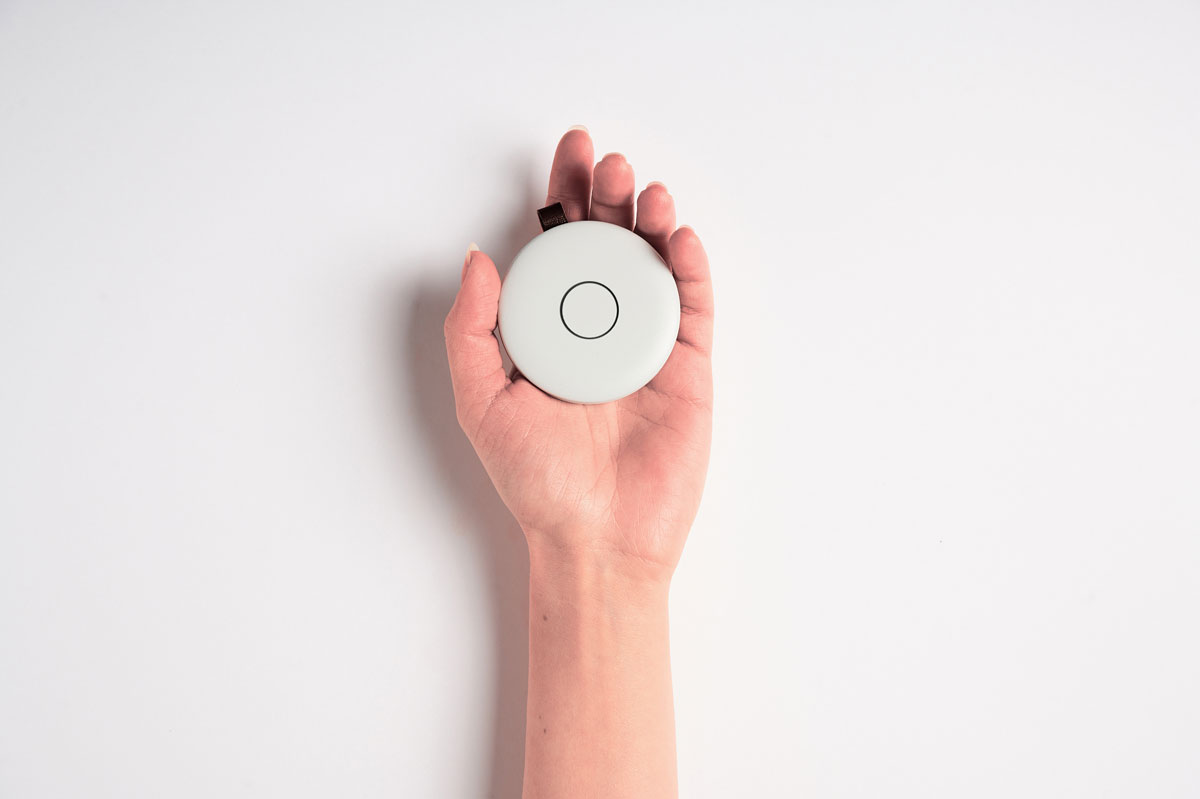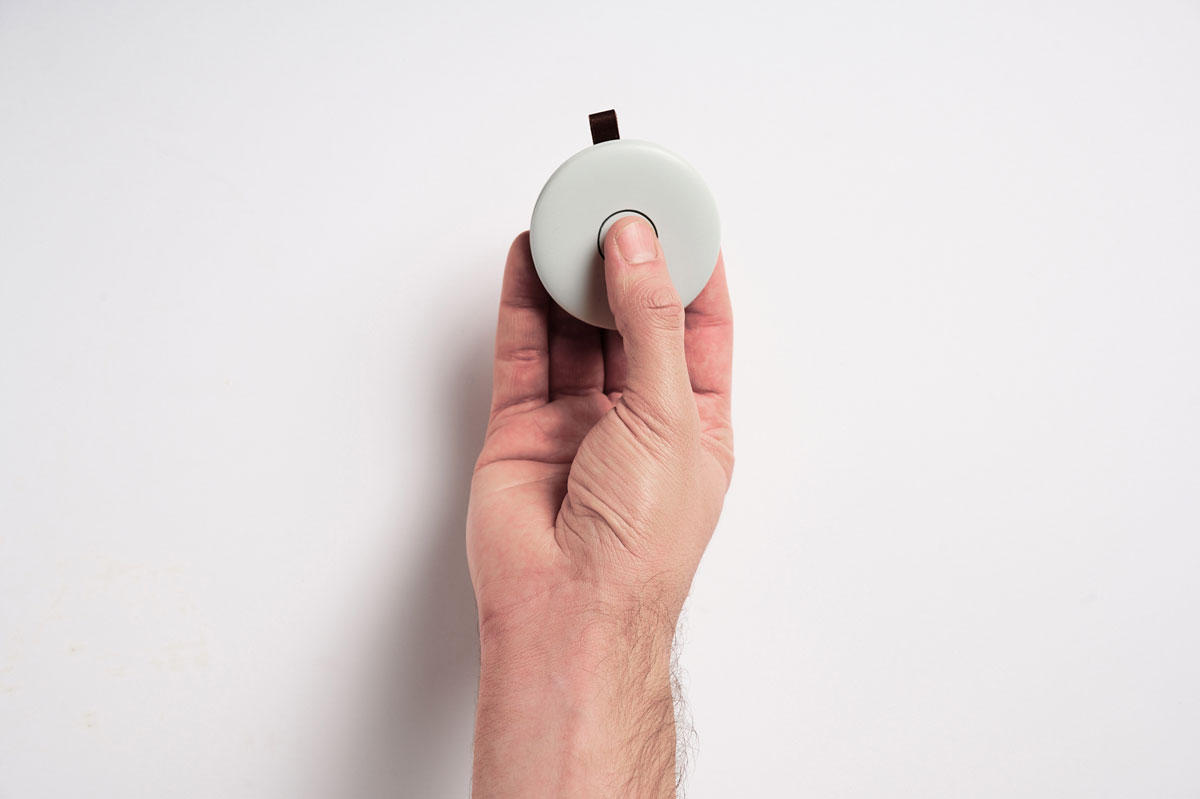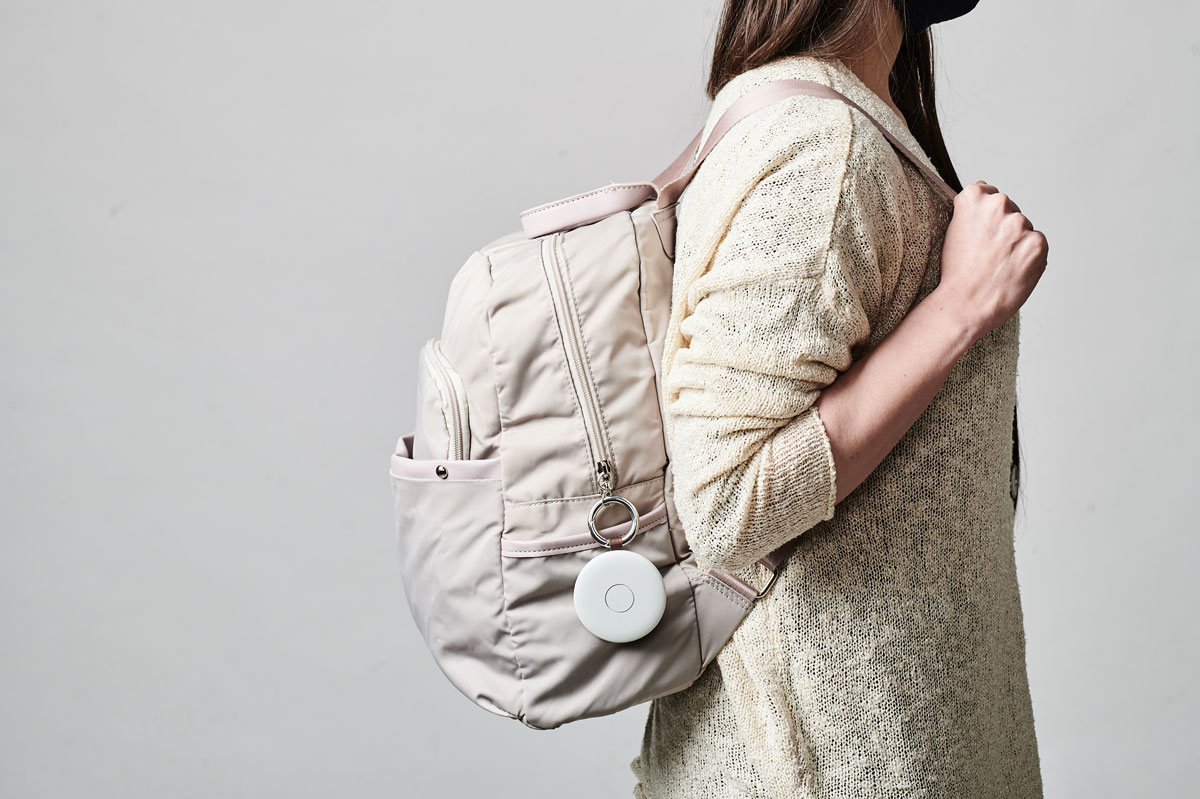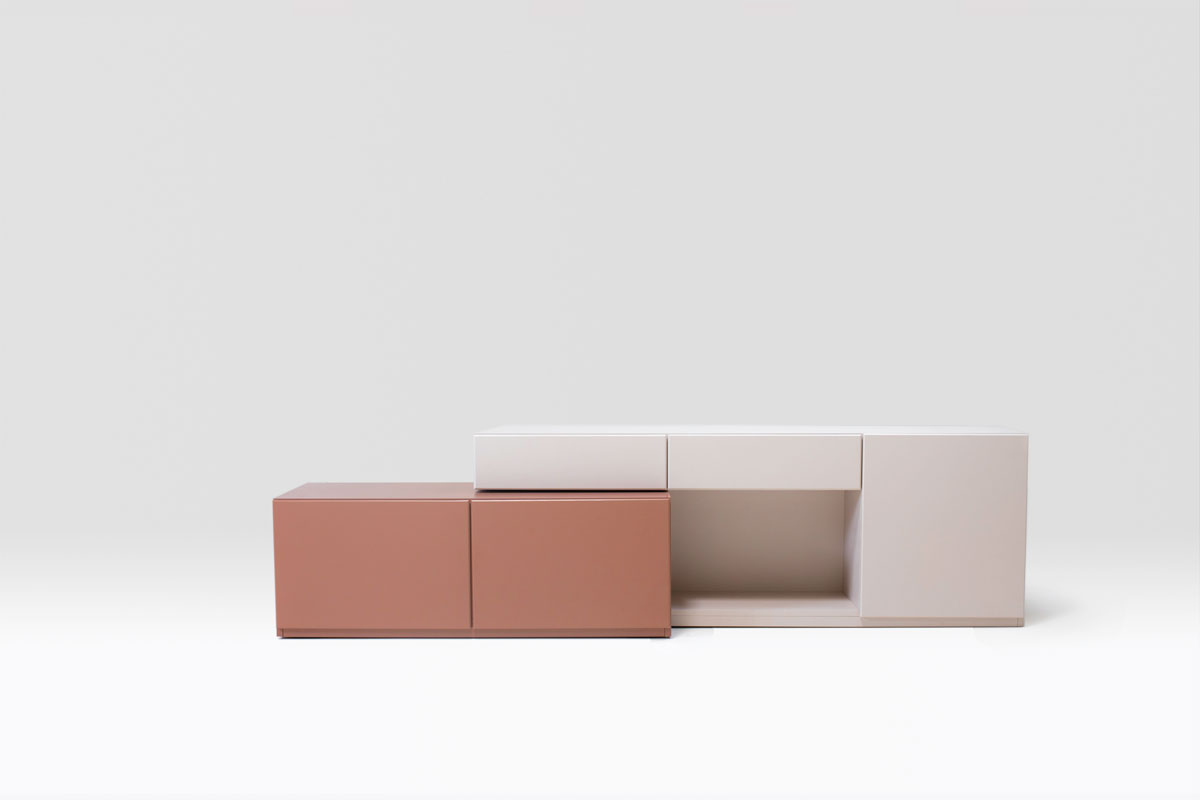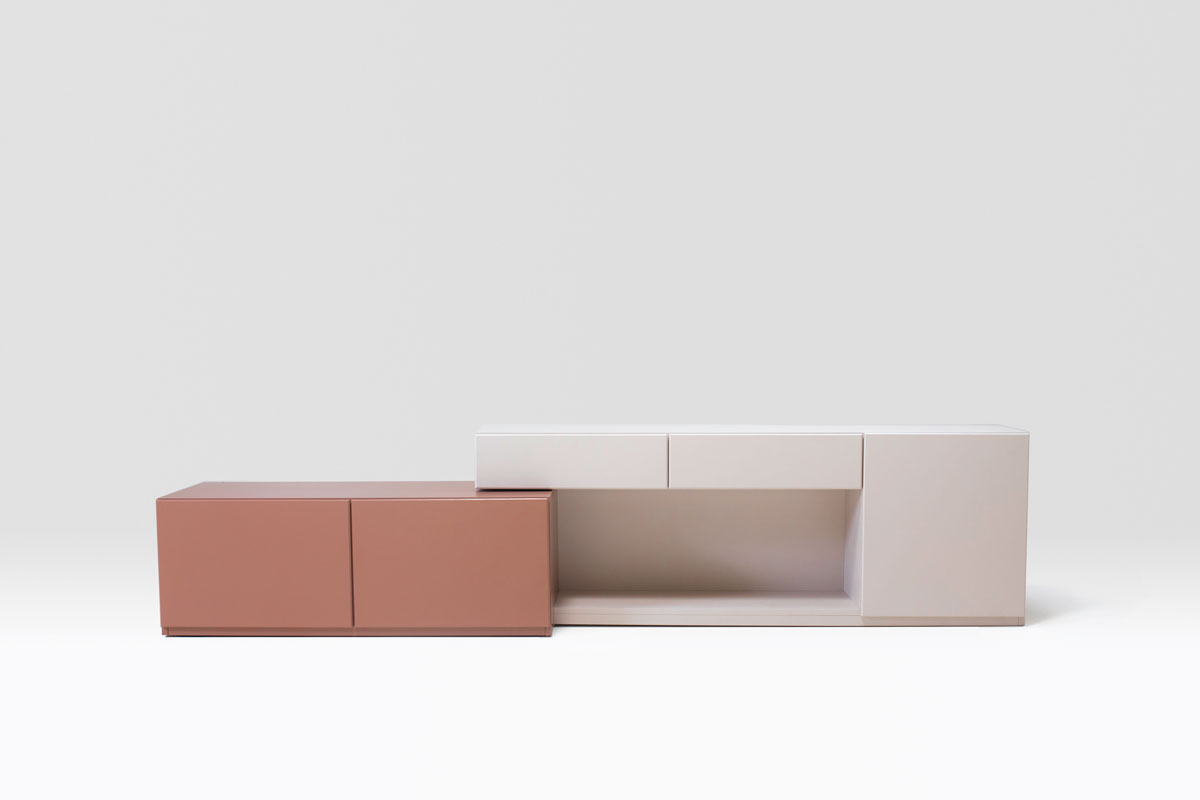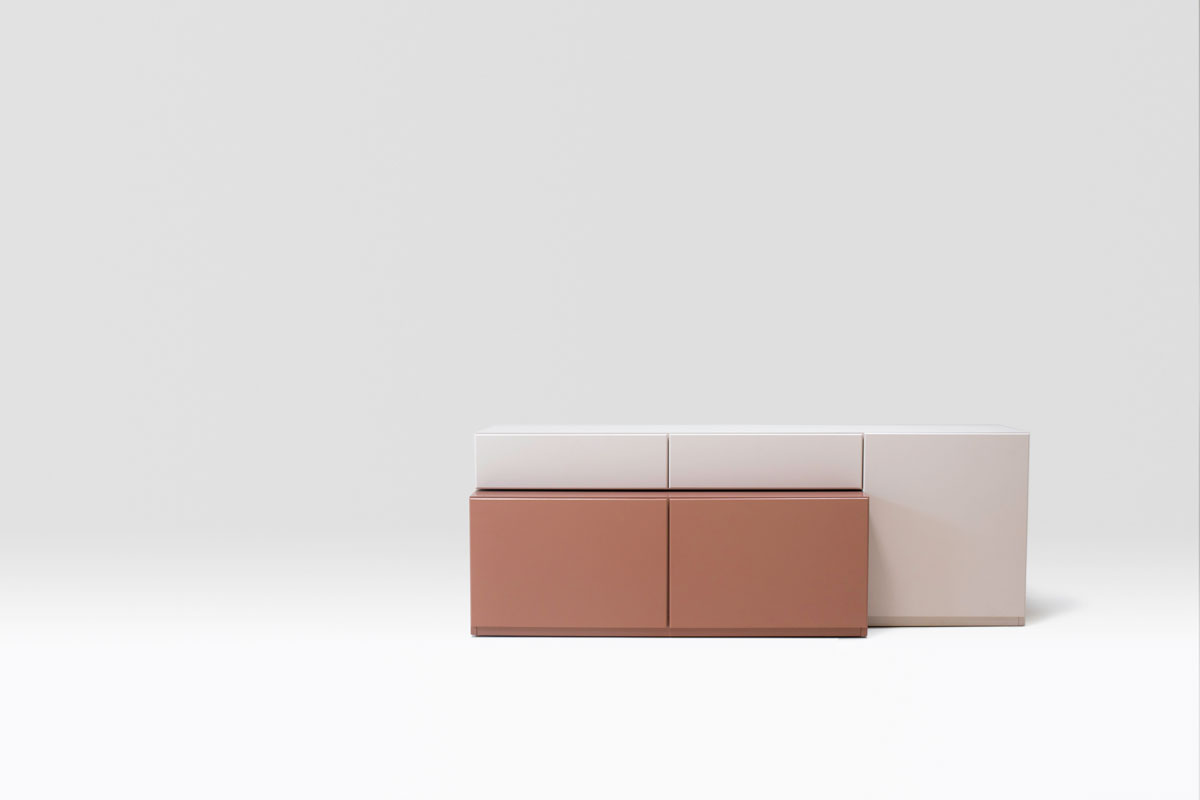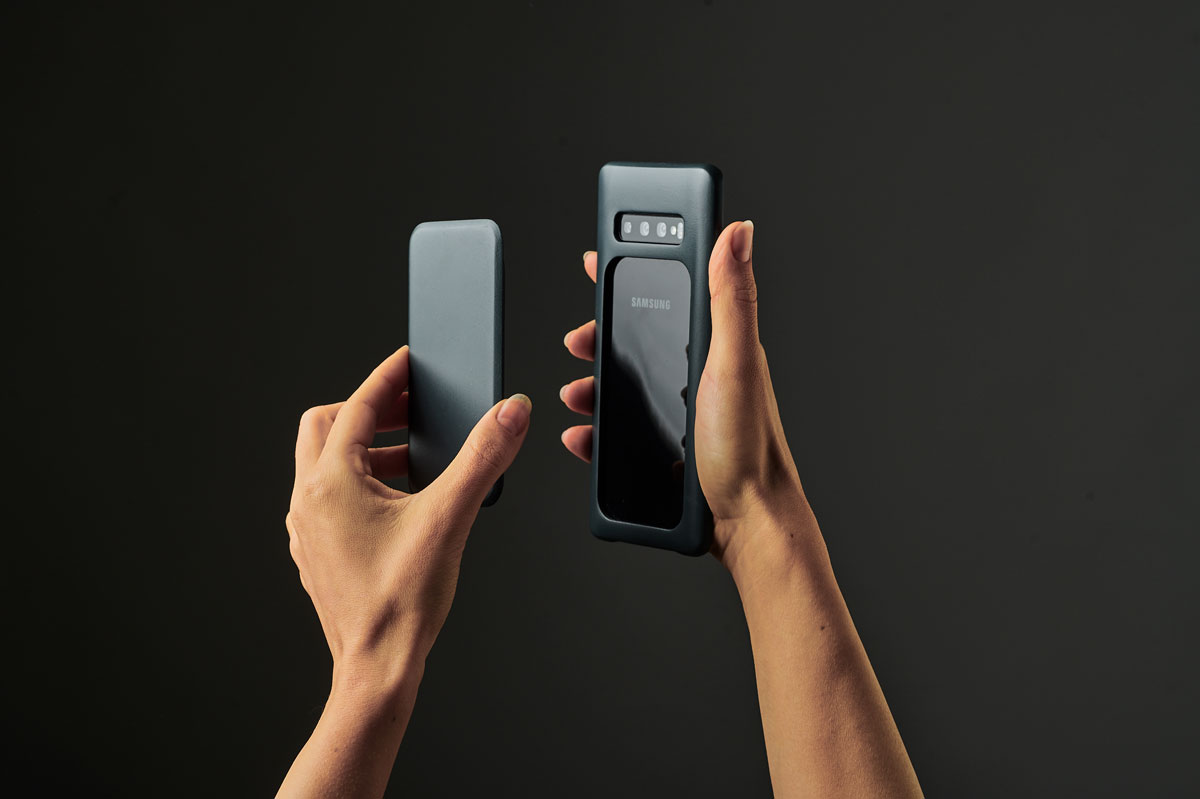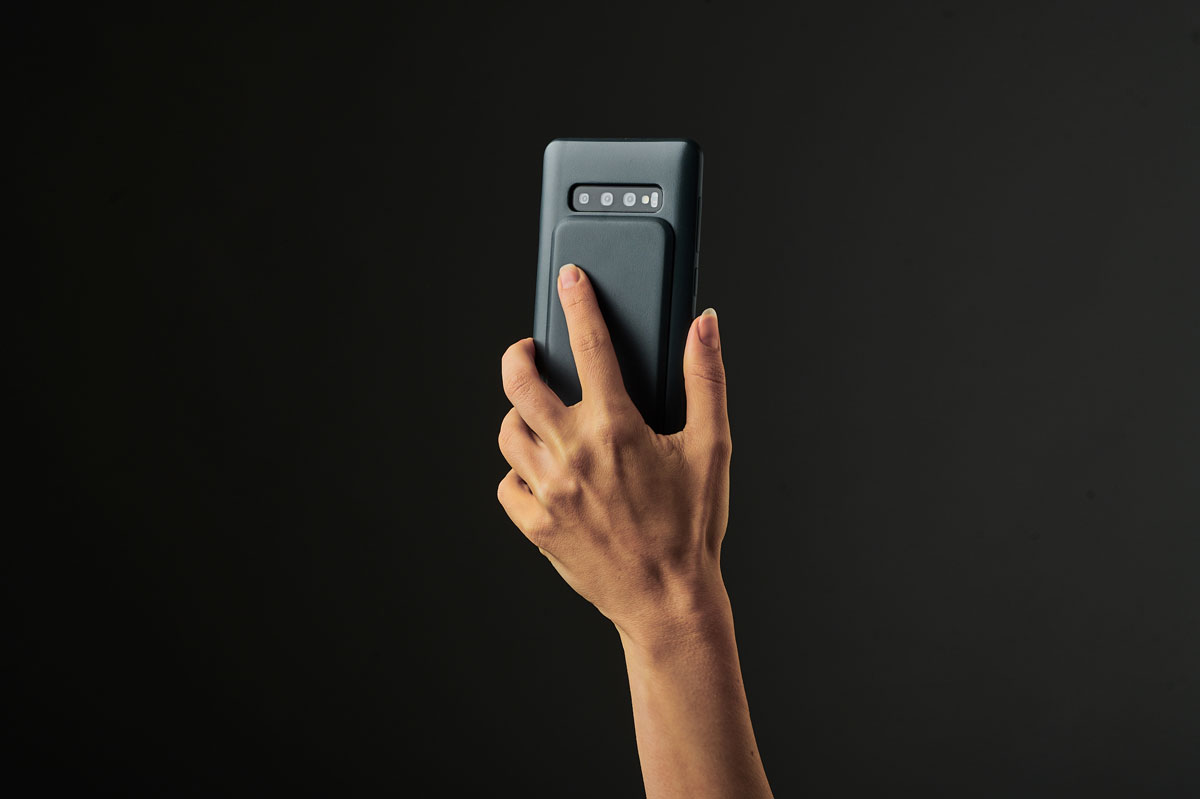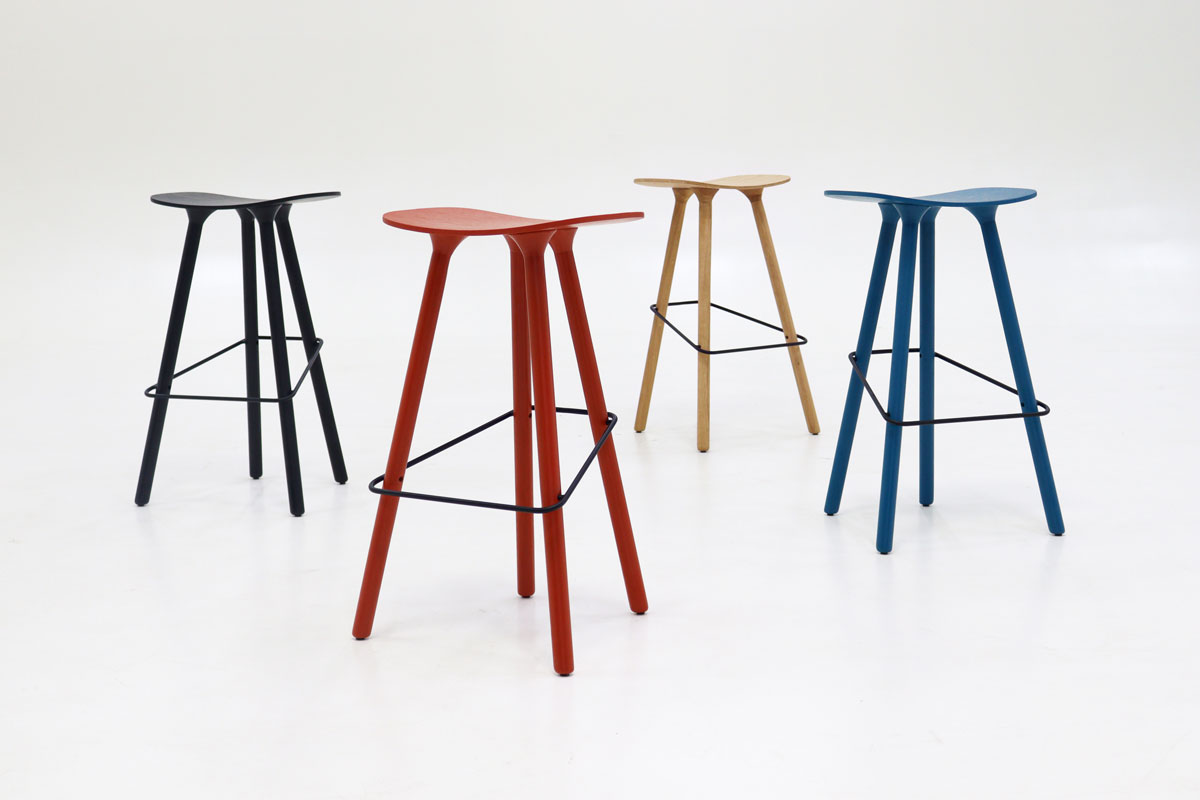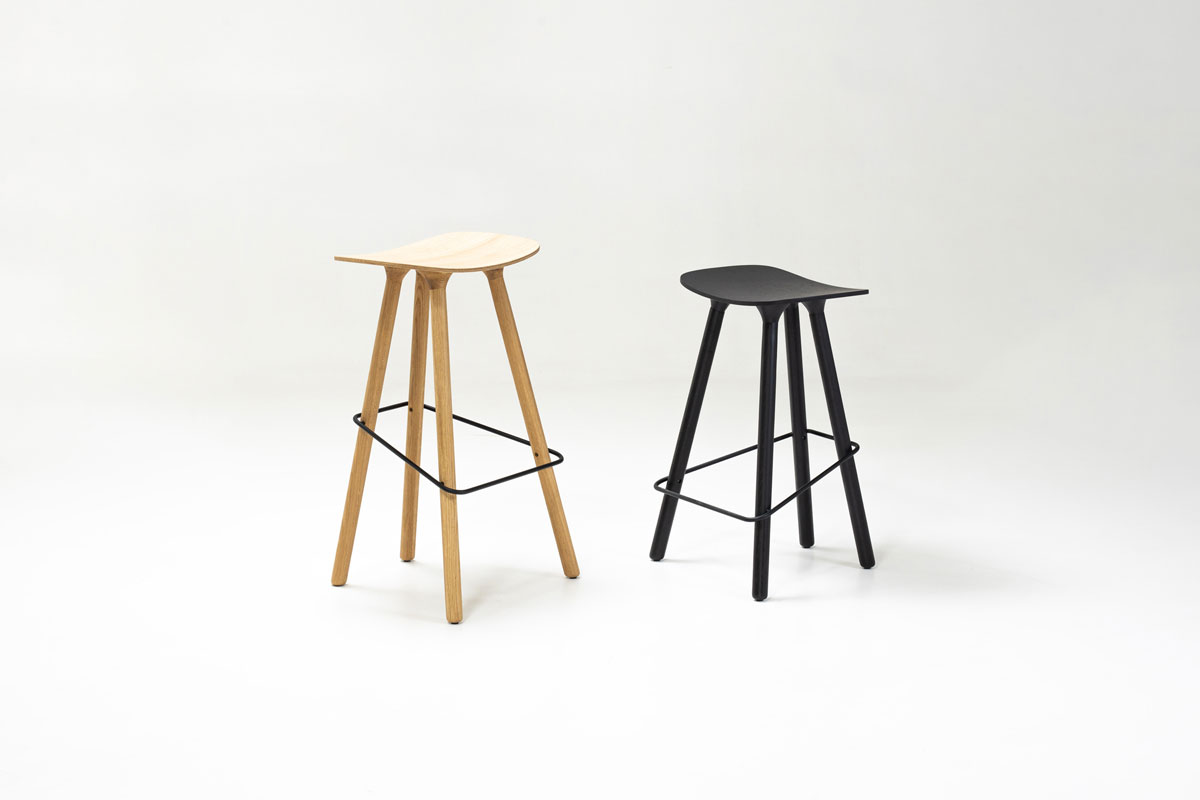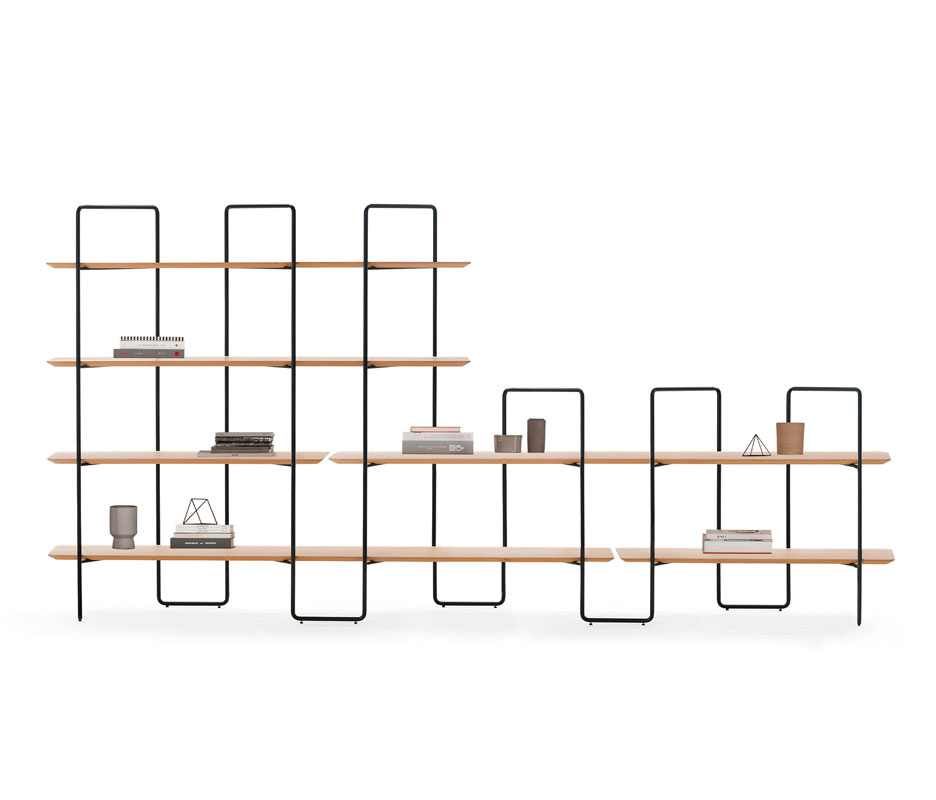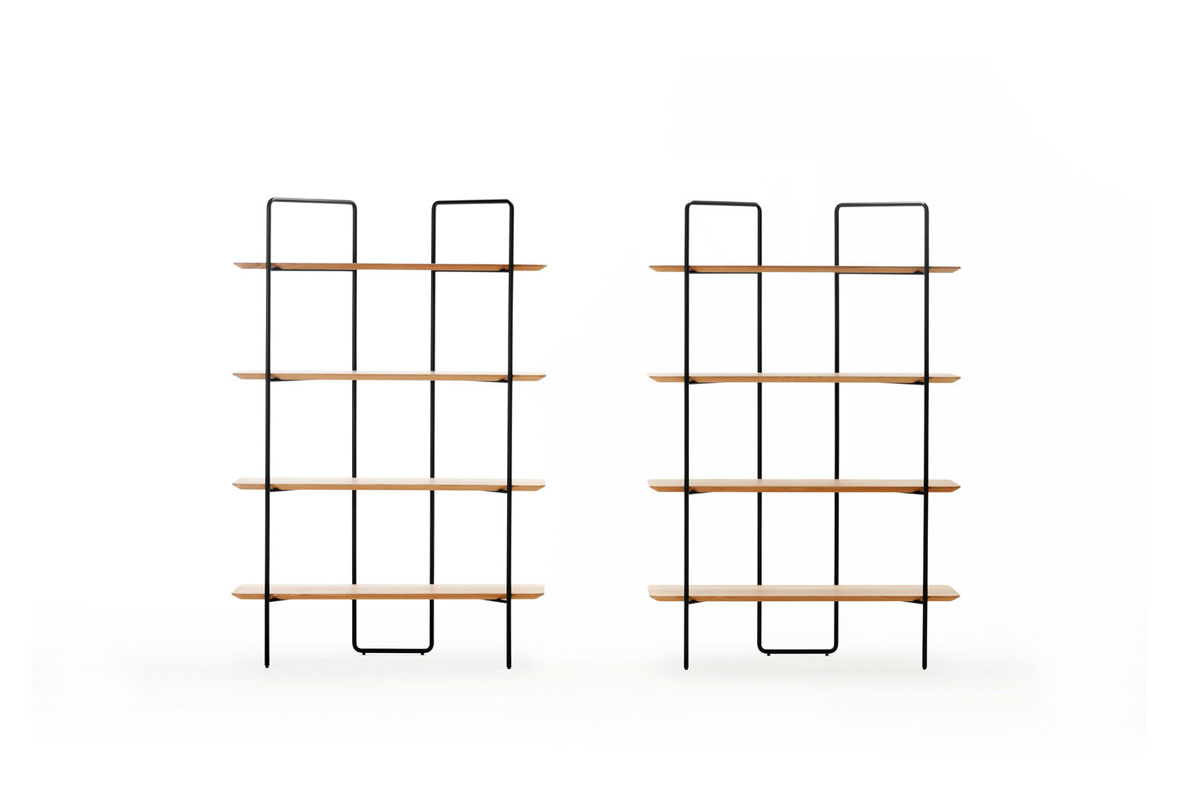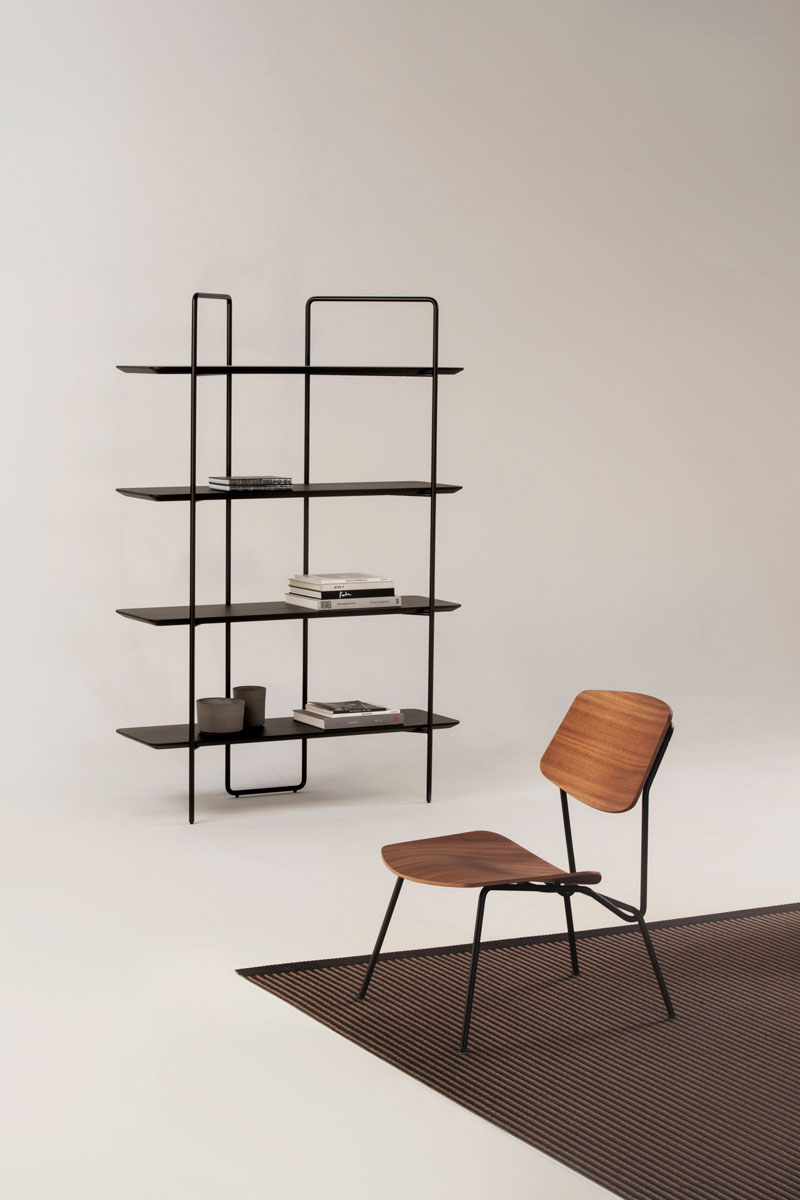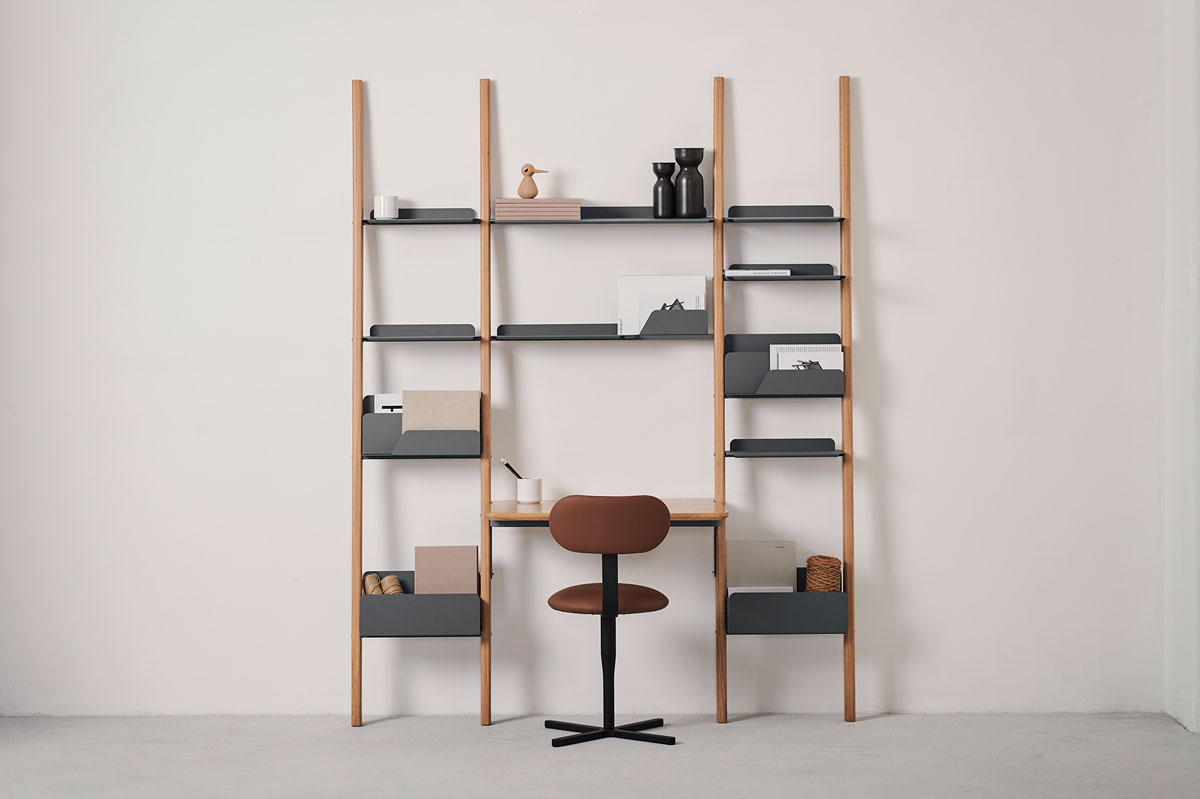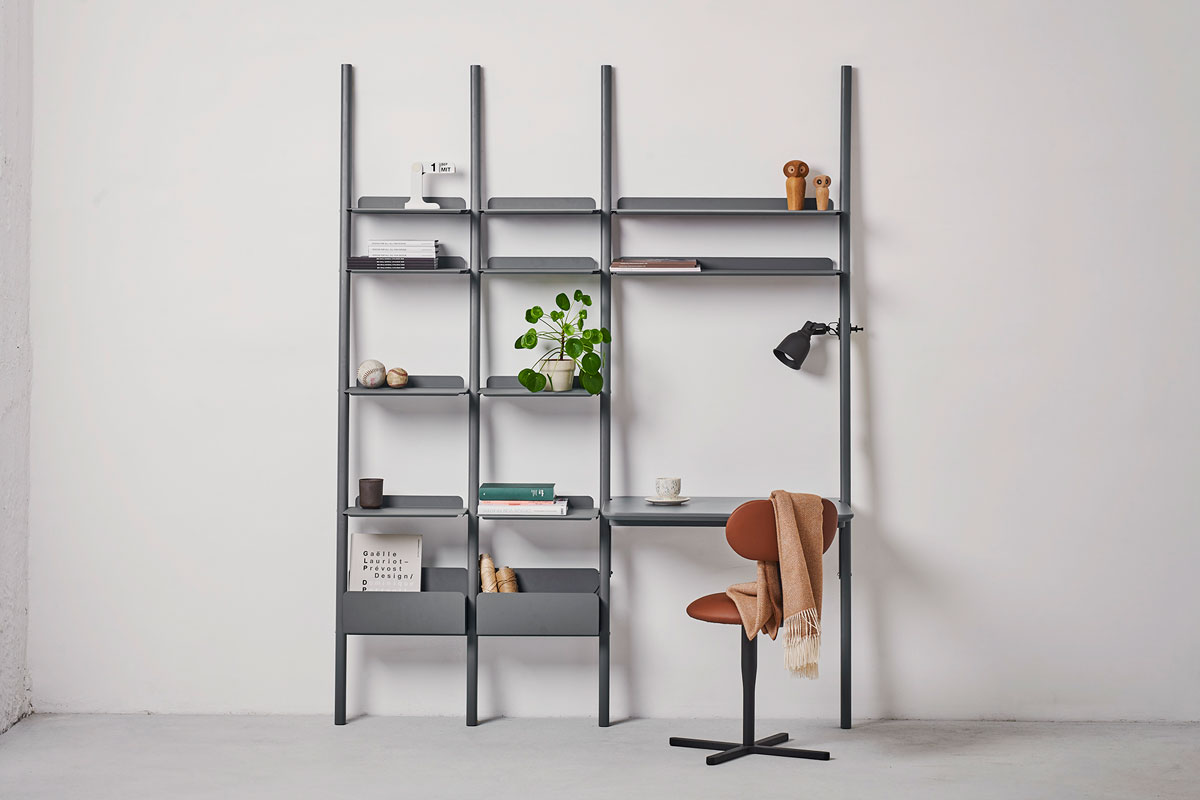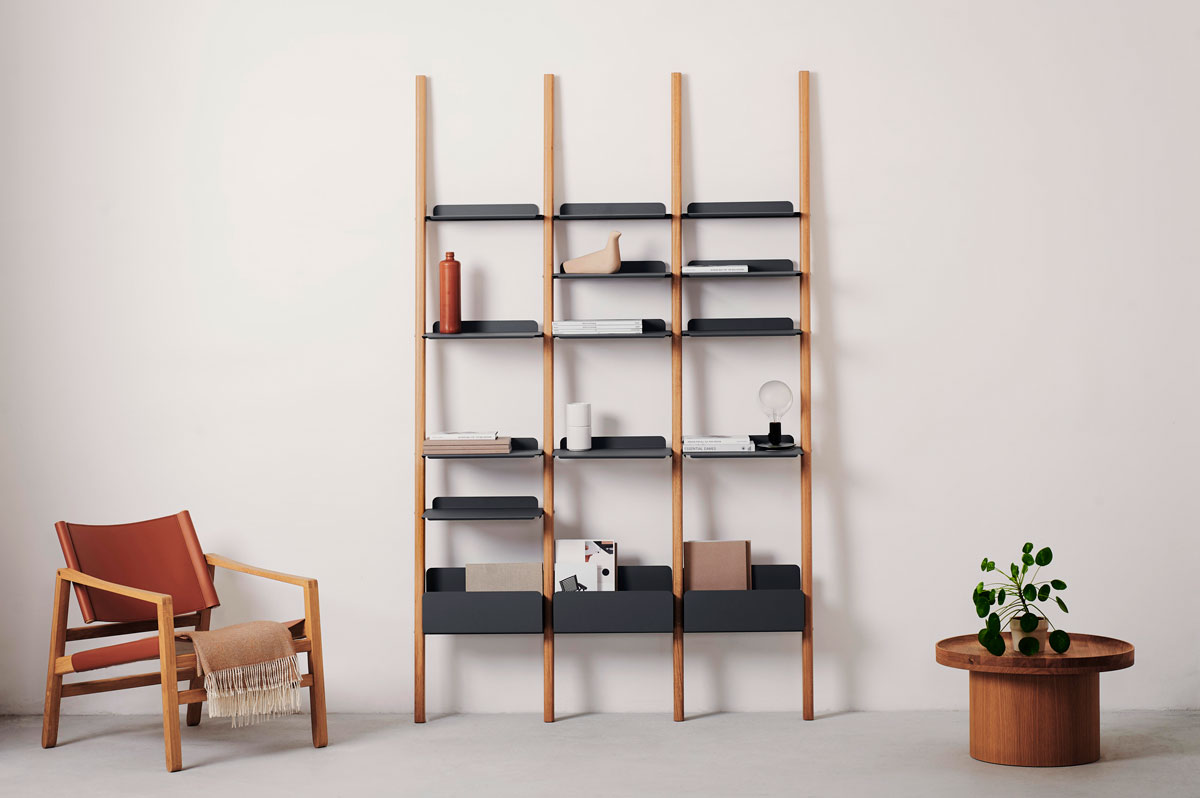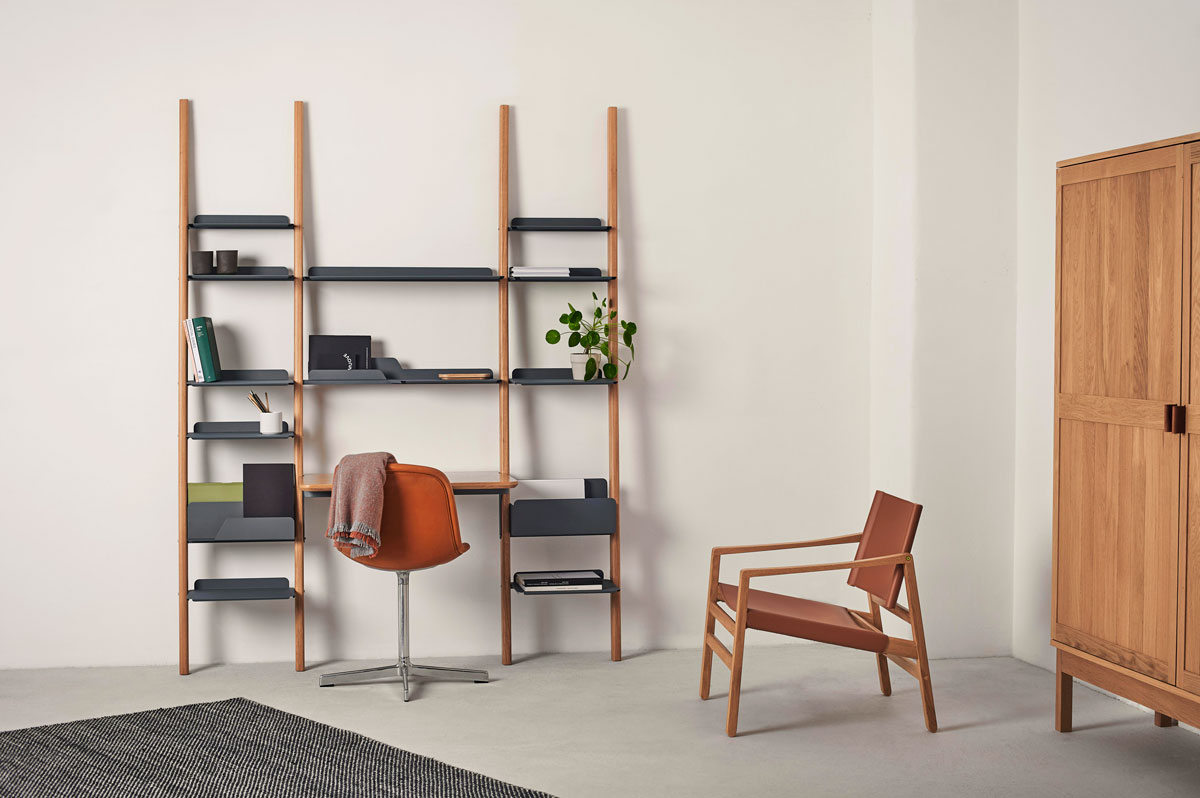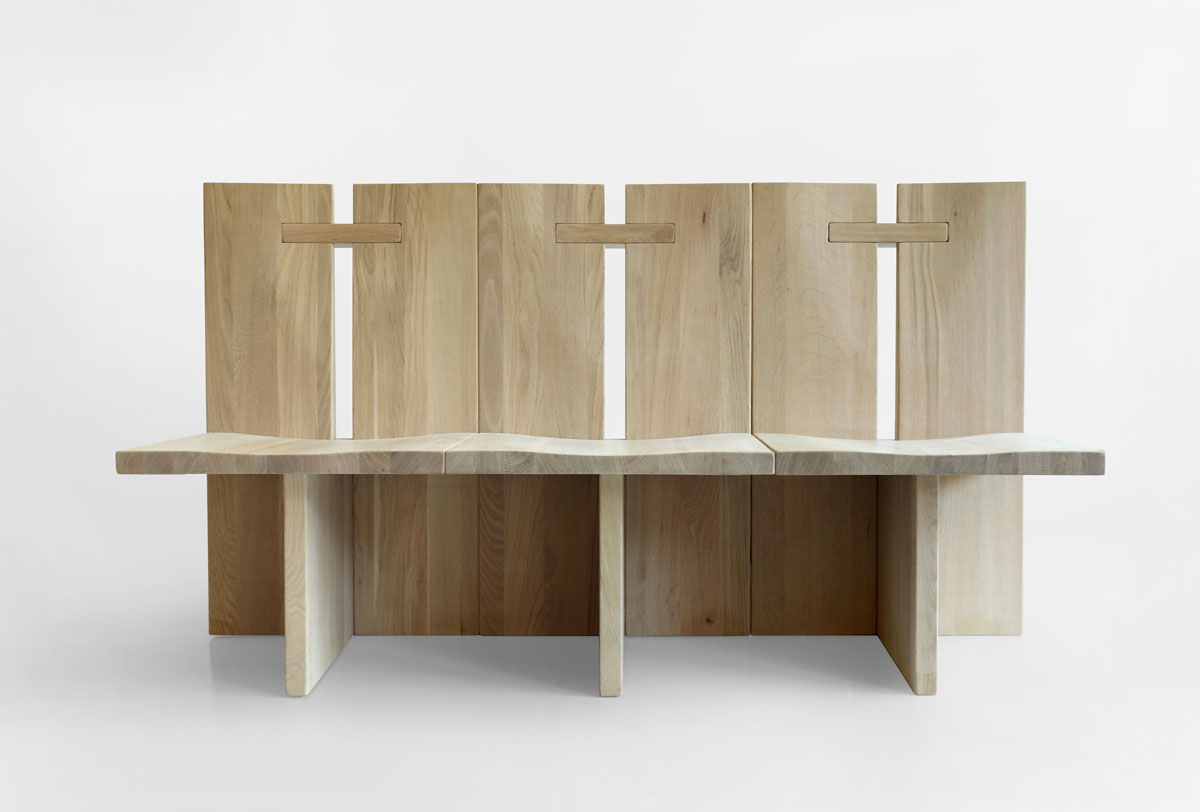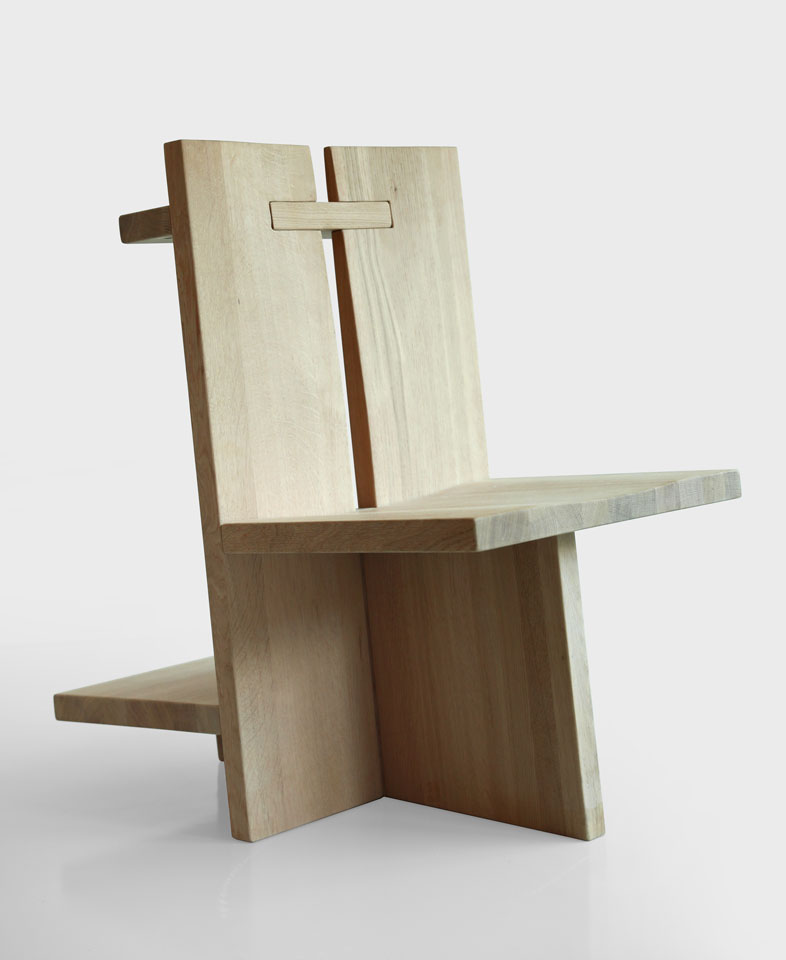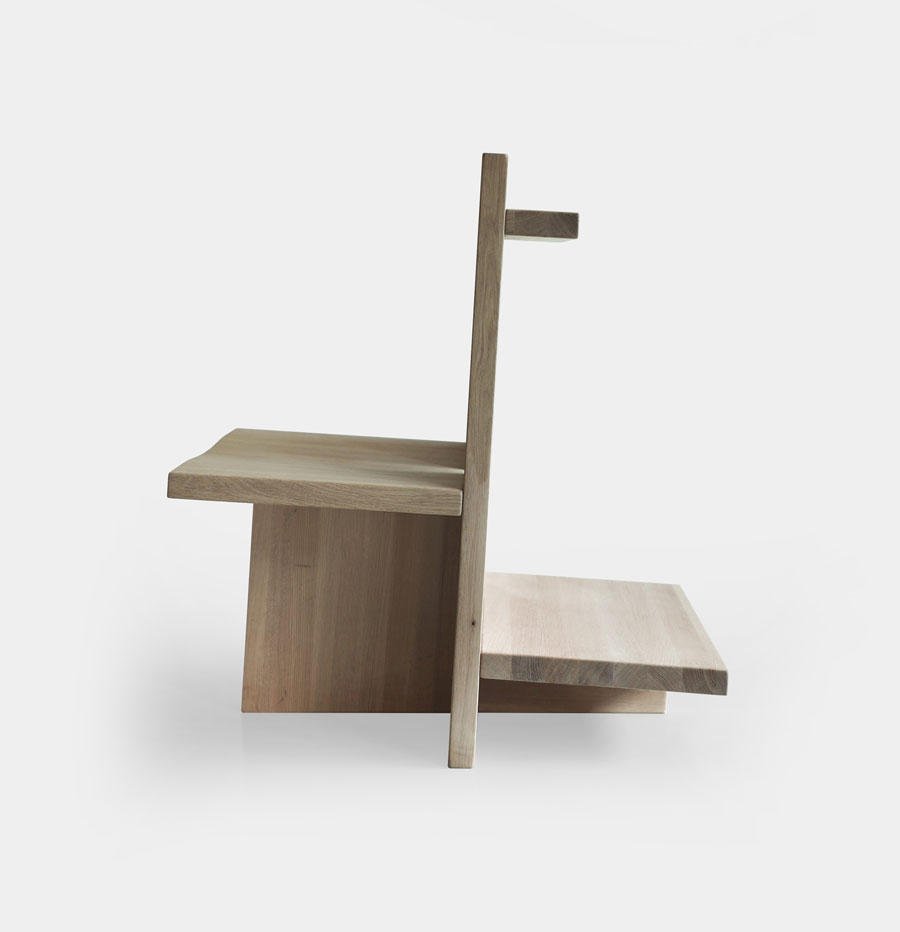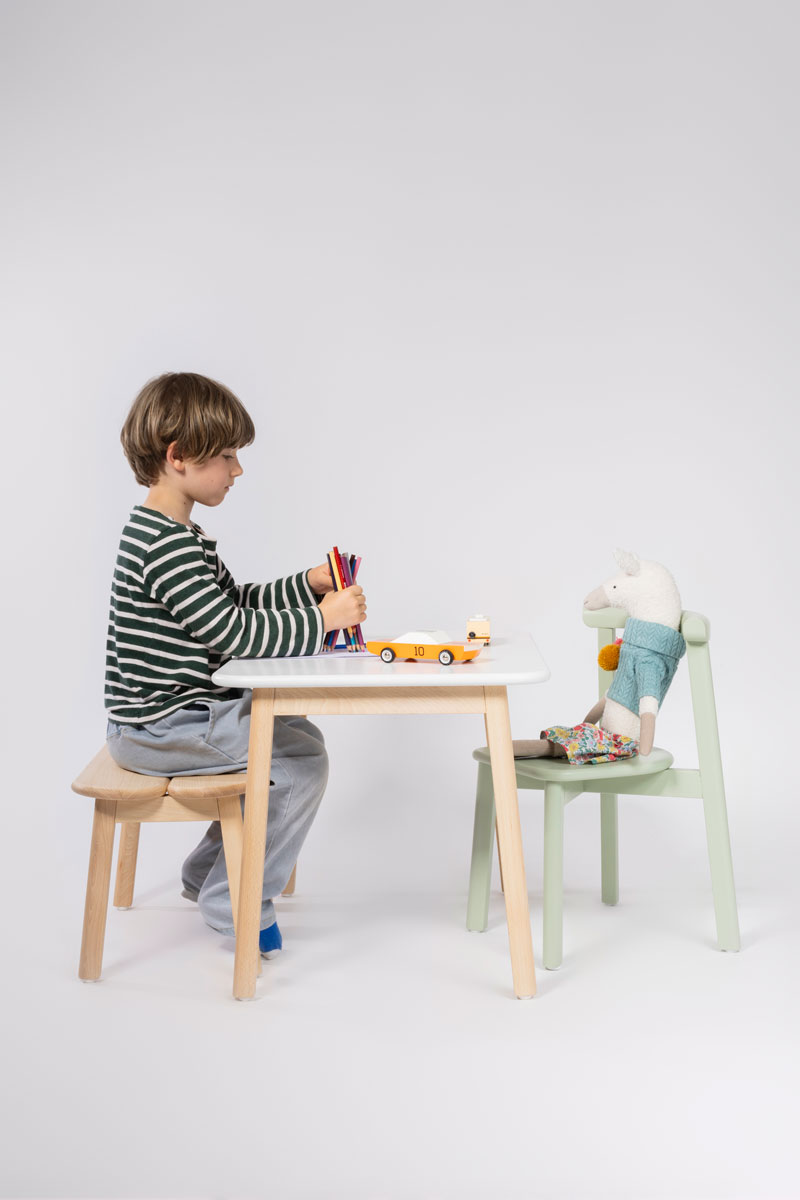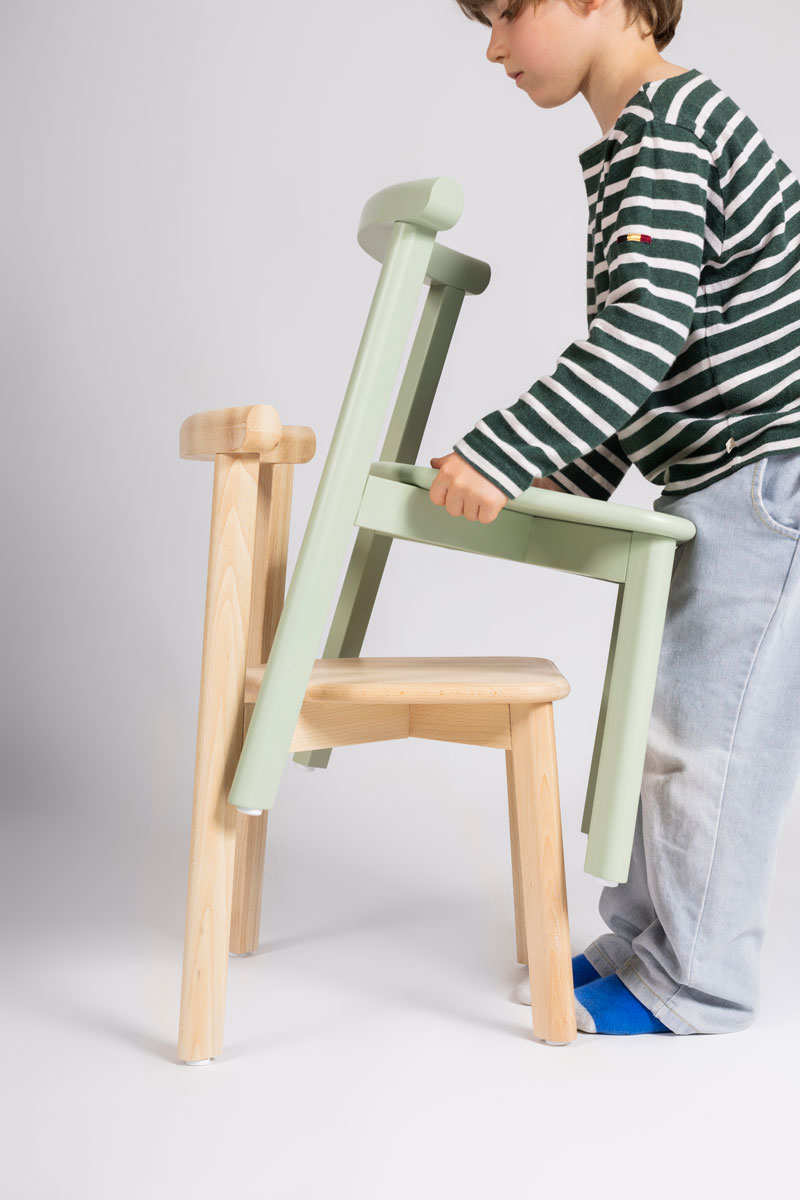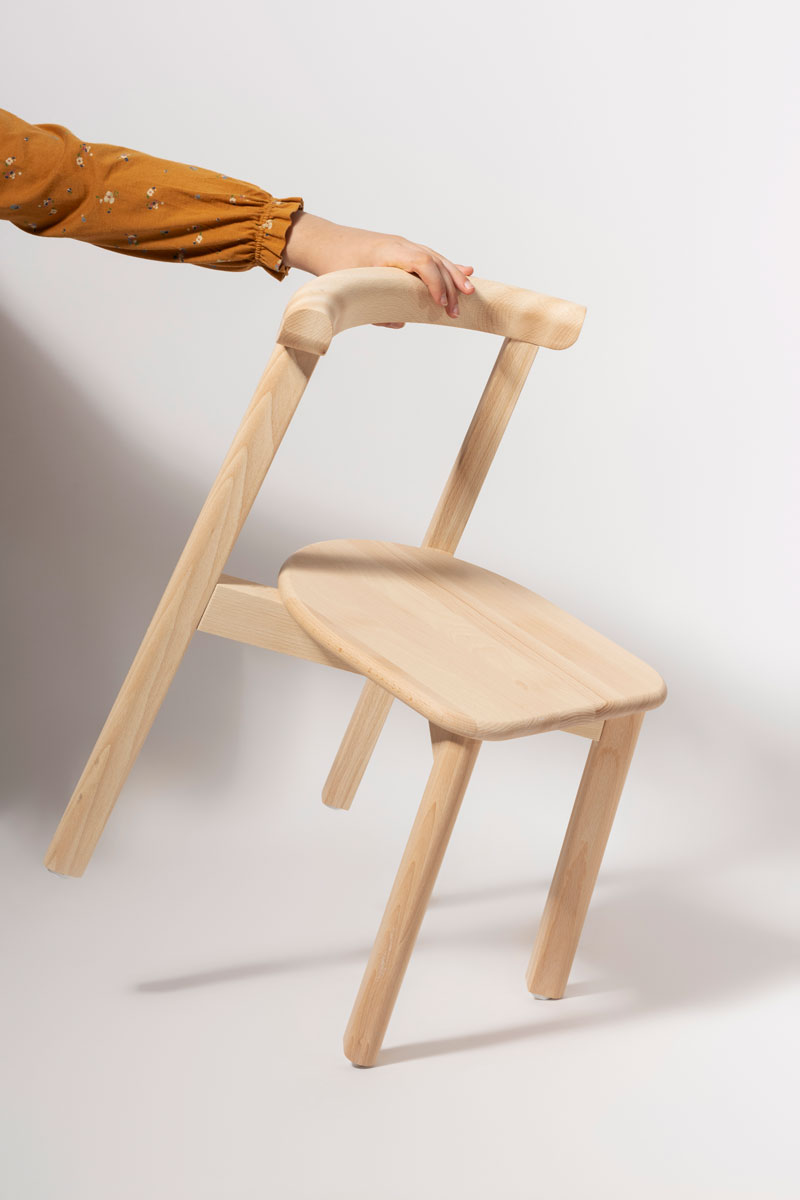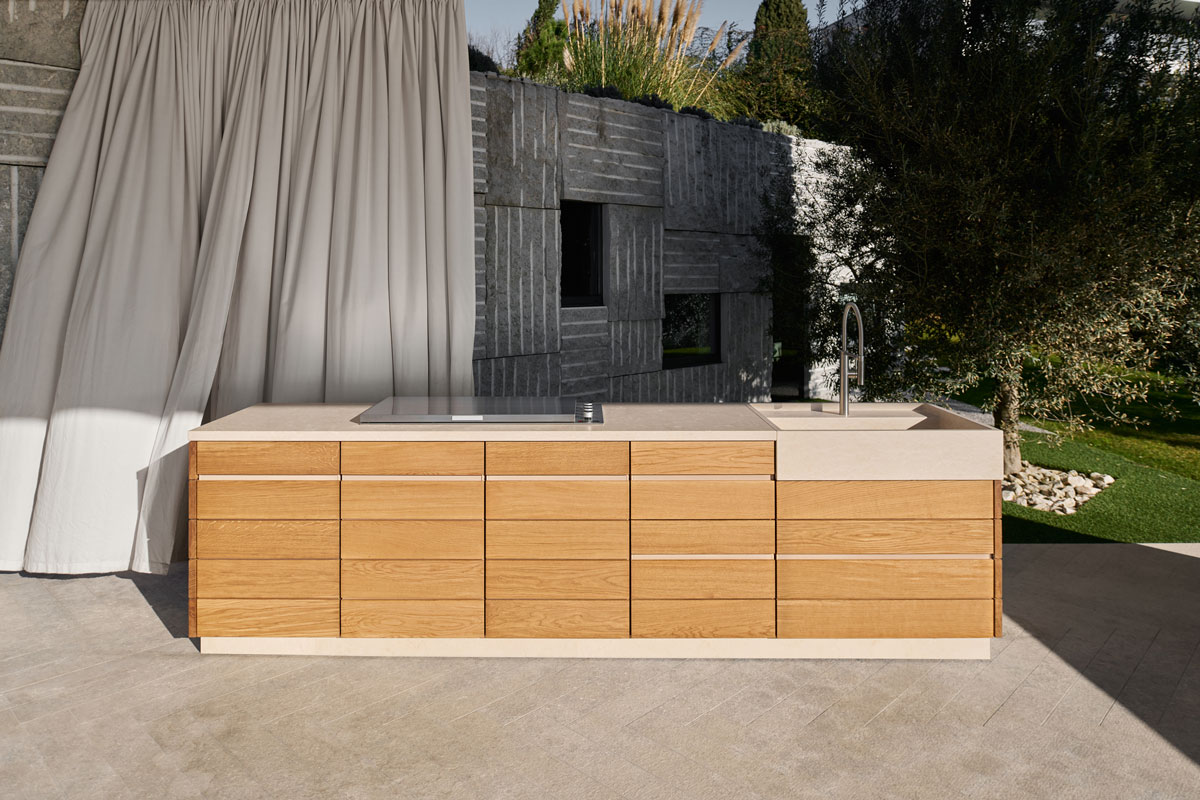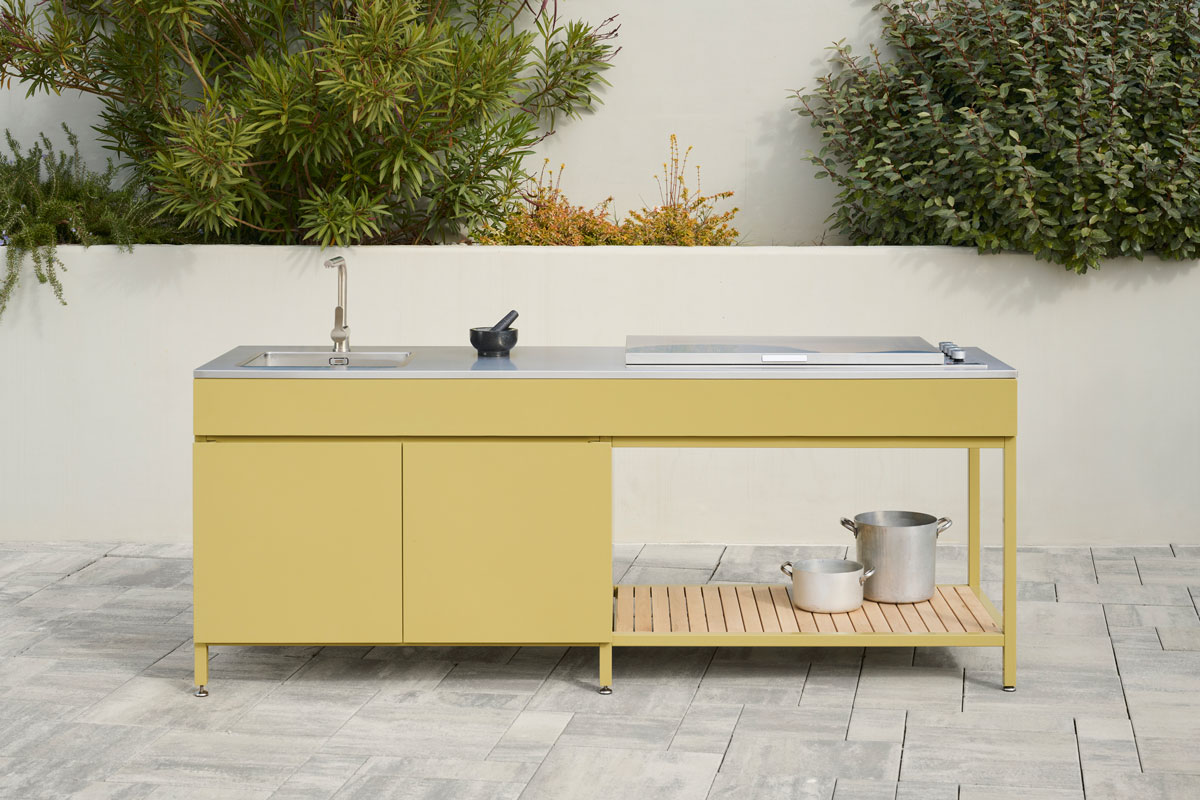TVRTKO BOJIĆ
PRODUCT DESIGNER
Tvrtko Bojić is the epitome of an old-fashioned product designer. Technically excellent and careful, almost obsessively strict in harmonizing complex product parameters, and yet strongly conceptually grounded, Tvrtko is almost anachronistically dedicated to the search for optimal solutions in all the details of his projects.’
(Nikola Radeljković – From the foreword to the exhibition Studio RU:T / AMAN TAMAN from 26. 11. to 14. 12. 2020.)
Born in Sarajevo, raised in Mostar, after completing his studies in 2012, he moved to Zagreb in search of new professional challenges and development.
After moving, he worked on smaller independent projects and competitions and as an external collaborator with the world-famous design trio Numen/ForUse, with whom he still occasionally collaborates on spatial installation projects and product development. The result of one such collaboration was the award-winning project +++, a modular church pew, based on the instability of an individual object, which only becomes an unbreakable object when connected in a series.
After several successful collaborations with colleague Karla Paliska on projects related to the design and organization of various exhibition displays for the Croatian Designers' Association and awarded projects at Young Balkan Designers, they joined forces in the Ru:t studio.
As part of the Ru:t studio, in collaboration with their colleague Nataša Njegovanović, they designed a conceptual kitchen and the Slavonika exhibition stand for the Ancona group from Đakovo, which achieved great success at Milan's Salone del mobile in 2018. Together, they improve and continue to develop for the newly founded NUNC brand some of the products designed as part of the Slavonika project, such as the Ala modular table project, which won many international awards and led to the authors' global visibility. In addition to the Ala project, together with Nataša, they developed the COT bar stool system, which has also been recognized and awarded with several international awards. In parallel with these projects, the Studio developed the Duja chest of drawers for NUNC, as well as the Aman taman chest of drawers later on.
In parallel with working on projects for Nunc, Ru:t was developing the Knif modular shelving system for the world-famous brand Prostoria. At the same time, they were working on self-initiated projects such as the Mainframe modular storage system, but also some simpler projects such as the Fred cardboard swing for children.
They participated in competitions with concepts such as Swipe type (a smartphone case with a removable interactive panel that allows the user to interact with their smartphone using touch gestures and serves as an additional extended interface that enables faster actions) and the Airweare concept (a wearable device with a sensor that monitors the concentrations of various pollutants in the air, while the phone serves as an interface for monitoring detailed air quality data via a mobile application).
They developed the Dola children's furniture system for the Sarajevo brand Stribbo, following the idea of simple and affordable furniture.
In addition to the development or design of simple but also complex modular systems of furniture and electronic devices, Ru:t cooperates with established and newly founded companies and startups in the process of creating products and services using a design strategy and human-centered design. The studio helps individual clients with planning brand positioning on the market, as well as with art direction. With diverse design experience, they combine industrial design, interaction and visual communications in their practice for the commercial and occasionally cultural sector.
The studio often experiments and researches, tries to introduce smart solutions in use as well as in manufacturing principles. One such acknowledgement is the silver medal for the procedure of connecting furniture elements without the use of accessories for permanent connection for doors of modular outdoor kitchens Sol, which is made of solid oak and natural stone according to the client's requirements from ARCA (International Exhibition of Inventions of the Croatian Association of Innovators).
They have won many awards for different projects such as German design award, Red dot, Golden key, IDA, BIGG SEE, silver medal - ARCA. In 2022, the studio was on the wider list of emerging studios on the Dezeen portal.
Tvrtko is pragmatic and rational in his approach to design, while also trying to optimize and improve the product as much as possible, balancing function and form. In the design process, he mostly starts from given factors such as the target group for which a product is being developed, to who should produce it and with what technology. He does not have a very prominent aesthetic, but adapts the aesthetics to the brand language, which, to a certain extent, allows the form to be shaped around other parameters such as function and technology. In the aforementioned process, he always takes into account that the object should simply fit into the space aesthetically and functionally.
A reference to such an approach can be seen in the bar stool COT W, where the character of the chair derives from the connecting conical element that expands to increase the contact surface for gluing the bent plywood seat and solid wood legs. The conical element is made independently until the stage of connecting it to the rods or to the seat, and thus the waste created in its production is minimal.
The Aman Taman chest of drawers has its entire character built on the relationship between two cubic elements that, based on their mutual relationship, adapt to the needs and capabilities of the user. In this way, the effect of custom-made furniture is achieved, even though it is a serial product.
He does not shy away from modular systems, although he is aware of their requirements in terms of the complexity of development, primarily in terms of the time and resources required, and the limiting impact on the final aesthetics. Among the most successful examples of such systems are certainly the Knif shelf, the Ala tables, and the Sol and Limoni outdoor kitchens.
He is inclined to experiment and question typology, as with the Ala table for communal dining. This table breaks the archetypal idea of a single tabletop by using storage modules inserted between smaller tabletops. These can be moved as necessary, depending on the number of people dining together.
Tvrtko sees design as a tool that can improve the world at least on a small level, functionally, economically, ecologically or aesthetically. For him, the designer is a potential mediator between different professions such as engineers, artists and doctors, artisans and merchants.
For Tvrtko, design offers a world where there is constant space for learning, advancement and research. What makes him particularly happy is when he has the opportunity to give a new perspective, a new answer or solution to a problem, when he can provide the knowledge and experiences he has gained through cooperation with other partners on different projects.
Although today he approaches projects in a much more mature and rational way, his maximum engagement in the realization of projects through his studies (a folding chair (Tvrtko the third), a set of bathroom accessories, his graduation thesis (Kashoon and Kassona - houses of secrets) for the Industrial Design course or in Unique Design (Trupa, Jedra)) greatly helped him in acquiring practical and technical knowledge. Working and experimenting with different materials, visiting various larger and smaller productions and craftsmen, consultations and conversations with professors, colleagues, craftsmen and engineers in production are the foundation of what makes him a better designer today.
